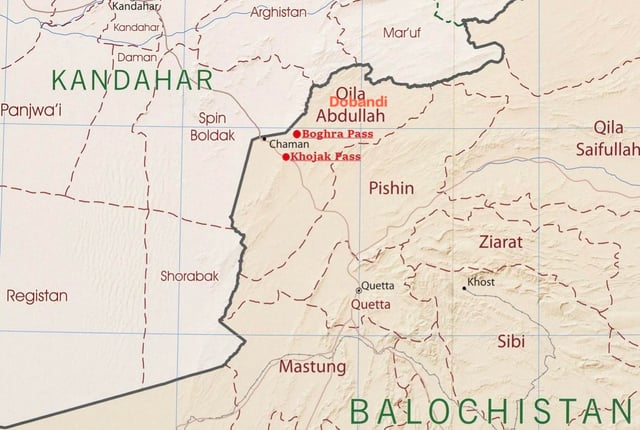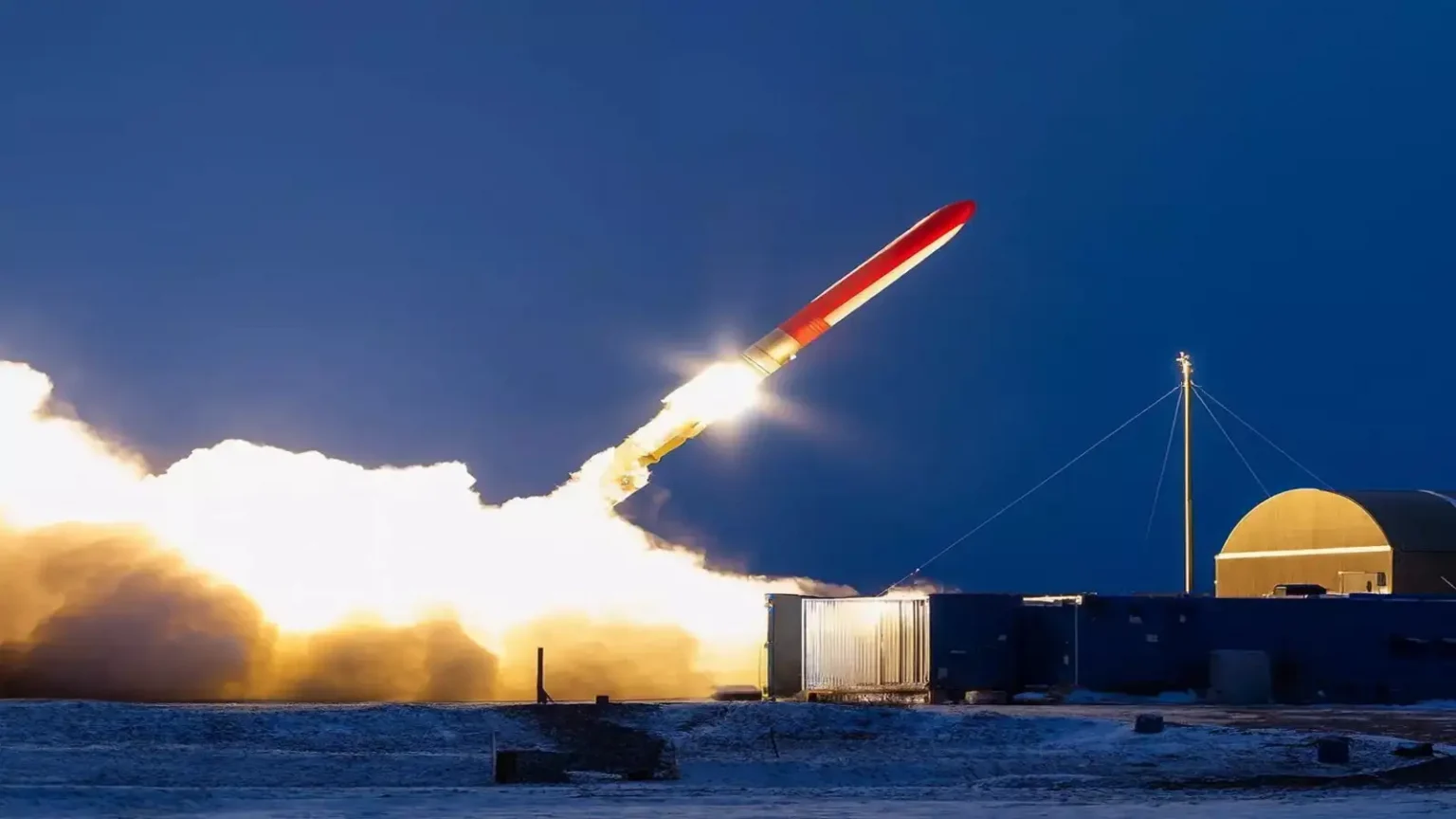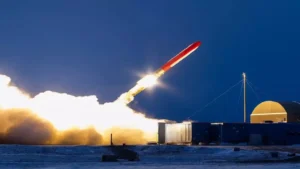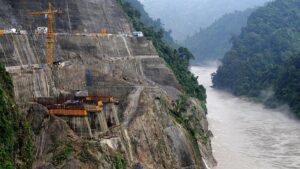1. Recent Development
Russia has successfully completed the final test of the Burevestnik (9M730), a nuclear-powered cruise missile.
President Vladimir Putin described it as a “unique creation” that no other country currently possesses.
The test marks a significant advancement in Russia’s weapons programme amid ongoing tensions over Ukraine.
2. Technical Overview
(a) Name and Classification
Russian Name: Burevestnik (meaning Storm Petrel).
Russian Designation: 9M730.
NATO Code Name: SSC-X-9 Skyfall.
(b) Type
Nuclear-powered, nuclear-capable cruise missile.
(c) Key Feature
Uses a miniature nuclear reactor for propulsion → gives it theoretically unlimited range and long-duration flight capability.
3. Working Mechanism
(a) Launch System
Initially propelled by a liquid-fuel booster rocket to reach cruising speed.
After reaching desired velocity, the nuclear propulsion system activates.
(b) Propulsion Design
Air enters through an air inlet, gets compressed by a compressor, and passes through a turbine.
The nuclear reactor heats the air, creating high-speed exhaust gases for thrust.
Cooling airflow prevents overheating of the system.
The setup allows continuous flight without refuelling.
(c) Warhead Options
Can carry both nuclear and conventional warheads, making it a dual-use missile.
4. Performance Highlights
In the October 21, 2025 test, the missile:
Flew for 15 hours.
Covered 14,000 km (still not the maximum range).
Designed for global reach, low-altitude flight, and unpredictable manoeuvres to evade radar and missile defences.
5. Strategic and Geopolitical Significance
(a) Strategic Impact
Unlimited range + nuclear propulsion = ability to strike any target on Earth.
Low-altitude flight makes detection by missile defence systems extremely difficult.
Challenges existing global missile defence frameworks, especially those led by the US and NATO.
(b) Military Implications
Enhances Russia’s strategic deterrence capability.
Reflects Moscow’s commitment to maintaining parity with Western powers despite sanctions and the Ukraine war.
Infrastructure for deployment and operational readiness has been ordered by President Putin.
6. International Reactions and Concerns
The missile’s development has renewed global fears of an arms race involving nuclear-powered systems.
Raises environmental and safety concerns due to potential radiation risks from crashed or malfunctioning missiles.
Seen as a response to U.S. missile defence systems and NATO’s technological advances.
Adds complexity to global arms control negotiations and non-proliferation efforts.
7. Exam-Oriented Facts Summary
| Feature | Details |
|---|---|
| Missile Name | Burevestnik (9M730) |
| NATO Code Name | SSC-X-9 Skyfall |
| Type | Nuclear-powered cruise missile |
| Power Source | Miniature nuclear reactor |
| Range | Theoretically unlimited |
| Launch System | Assisted by a liquid-fuel booster |
| Warheads | Nuclear or conventional |
| Test Flight (2025) | 15 hours; 14,000 km covered |
| Operational Status | Infrastructure under construction |
| Strategic Importance | Can evade missile defence; deterrence against the West |
| Key Concern | Nuclear safety, arms race, destabilization of deterrence balance |
8. Broader Context (UPSC Mains Relevance)
GS Paper II (International Relations):
Impact on global arms control regimes like New START and INF Treaty (withdrawn).
Russia–US relations and strategic stability.
GS Paper III (Science & Technology / Defence):
Example of nuclear propulsion technology in weapon systems.
Ethical and environmental concerns of nuclear-powered armaments.
9. Conclusion
The Burevestnik missile symbolizes a new phase in strategic weapons development — combining nuclear propulsion, stealth, and endurance.
While it enhances Russia’s deterrence capabilities, it also intensifies global security risks and complicates the pursuit of nuclear arms control and non-proliferation.








